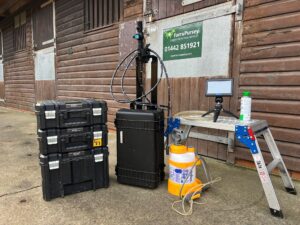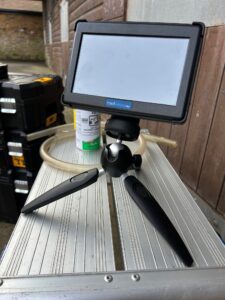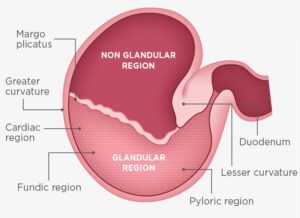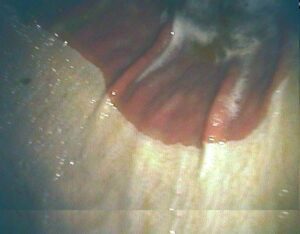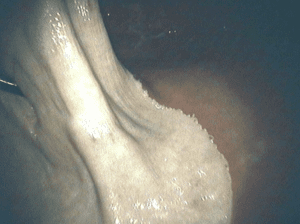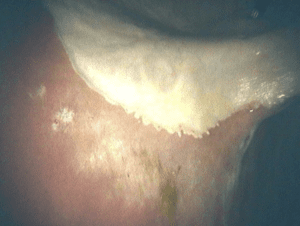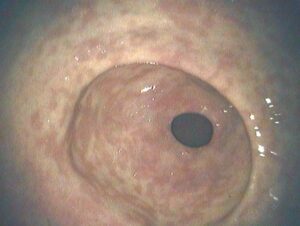Have you ever suspected you horse may suffer from gastric ulcers? Some signs such as picky eating, poor body condition, change in behavior or poor performance may rise the red flag. However, there is scarce strong evidence relating these signs with gastric ulcers and, to make it more difficult, some of these signs overlap with other conditions.
Fortunately, gastric ulcers are fairly straight forward to rule in or out. All we need to do is check the stomach itself! You may have heard about this test, the gastroscopy. It is a simple procedure that we perform on the standing horse, in your own yard. We introduce a scope or camera into you horse´s stomach and visualize not only the location of the ulcers but also their depth and extension, this way we grade their severity. This is utterly important when it comes to design the specific treatment for your horse as well as following up and ensuring resolution of the ulcers. Blind trial treatments cannot ensure accurate individual treatment, leading to disappointing flareups or non-responsive cases.
Despite where you keep your horse, in a stable provided with electricity or in the middle of a field, our mobile wireless equipment is ready to help you find out whether your horse suffer from gastric ulcers. The procedure itself takes an average of 20-30mins, depending on the case, and the majority of horses tolerate it very well under mild sedation. This allows us to identify all the portions of the stomach, no blind spots!
If you have are concerned about your horse, get in touch and seek veterinary advice. We can help you to find out!
REFERENCES
Sykes, B. W., Hewetson, M., Hepburn, R. J., Luthersson, N. and Tamzali, Y. (2015) ‘European College of Equine Internal Medicine Consensus Statement—equine gastric ulcer syndrome in adult horses’, Journal of Veterinary Internal Medicine, 29(5), 1288.
Vokes, J., Lovett, A. and Sykes, B. (2023) ‘Equine gastric ulcer syndrome: an update on current knowledge’. Animals, 13(7), 1261.

